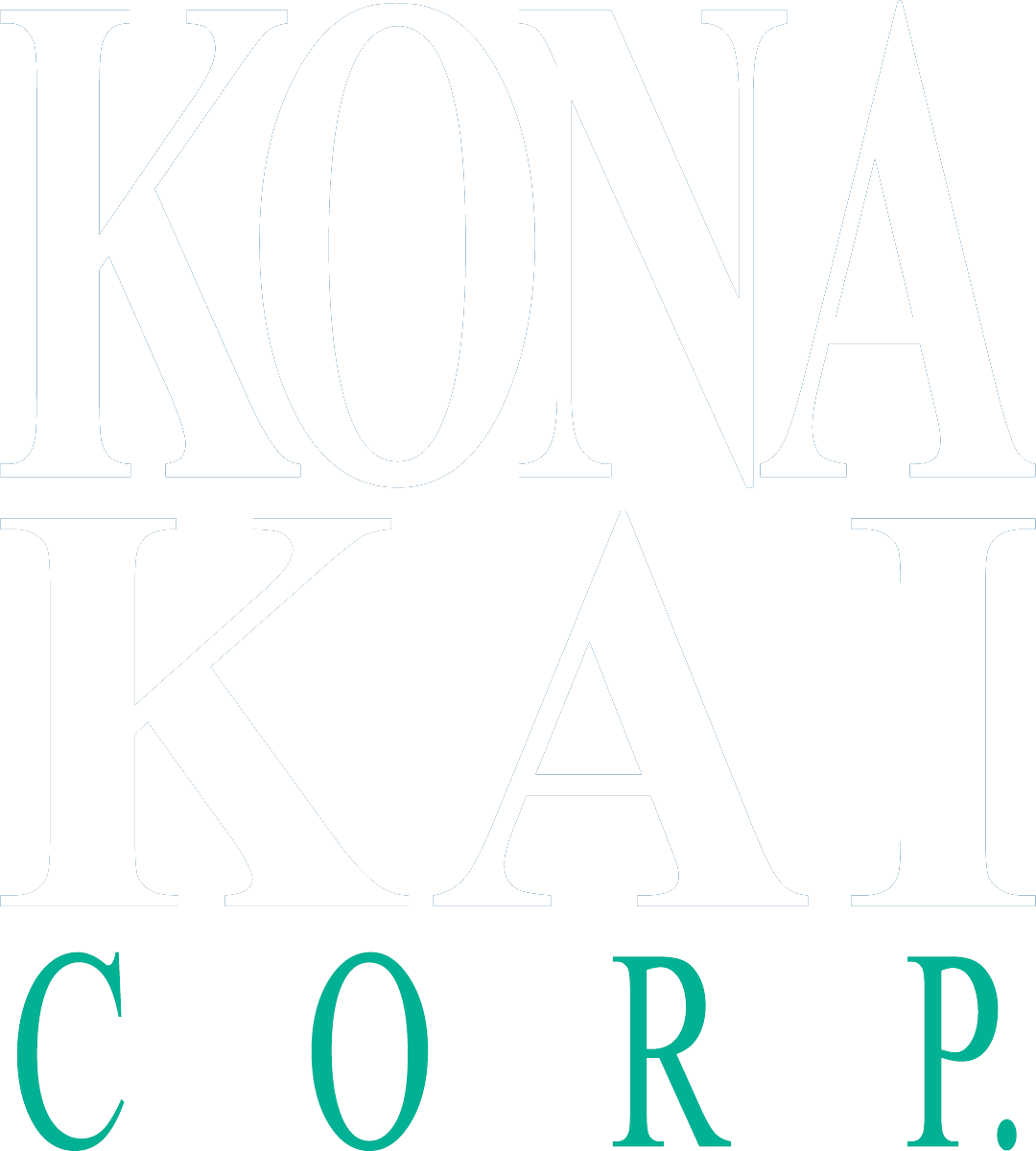5 Reasons Your CRM Rollout Stalled and How to Fix It
Rolling out a new Customer Relationship Management (CRM) system like Salesforce is a major investment in your business’s future—but for many organizations, what starts as a strategic move ends up stuck in limbo. A stalled CRM rollout wastes time, money, and team morale. Fortunately, the roadblocks are often fixable with the right insight and course correction.
In this post, we’ll explore five of the most common reasons CRM implementations stall—and how you can fix them to drive adoption, ROI, and long-term success.
1. Lack of Clear Objectives and KPIs
The problem: Many CRM projects kick off with vague goals like “improve sales productivity” or “enhance customer experience,” but without measurable outcomes, it’s impossible to gauge success or rally the team behind a shared vision.
How to fix it: Define clear, business-aligned objectives (e.g., increase sales-qualified leads by 30% in 6 months or cut service resolution time by 25%). Establish KPIs early and tie them directly to CRM usage so teams understand how their input supports business goals.
2. Poor User Adoption
The problem: Even the best-designed CRM is useless if your team isn’t using it. Adoption often lags due to clunky interfaces, lack of training, or resistance to change.
How to fix it:
- Involve end users in the implementation process.
- Create training tailored to specific roles (sales, service, marketing).
- Leverage tools like AgentForce to embed AI assistance directly into the platform—minimizing friction and making CRM usage part of the team’s natural workflow.
- Appoint internal champions to drive cultural change and momentum.
3. Overcomplicated Configuration
The problem: A common mistake is trying to “boil the ocean” during the first rollout—building overly complex automations, custom fields, and workflows that overwhelm users and slow the system down.
How to fix it: Start simple. Focus on high-impact features your team will use every day. Use agile methodologies to iterate and expand based on feedback. Partner with a CRM consultant to ensure the platform is scalable without becoming bloated.
4. Disconnected Data and Systems
The problem: When your CRM isn’t integrated with key systems (ERP, marketing automation, operational support platforms), users have to toggle between tools, duplicate data, or miss key insights.
How to fix it: Prioritize integrations that directly support your most critical processes. Focus on integrating the systems that support your core processes. Whether you’re using middleware (like MuleSoft) or Salesforce’s native connectors, make sure the data coming in is clean—data quality is one of the biggest factors in CRM success.
5. Compliance and Security Roadblocks
The problem: In regulated industries, compliance concerns can halt CRM progress—especially when customer data, audit trails, or user access levels aren’t properly accounted for in the system design.
How to fix it: Work with implementation partners who specialize in compliance-ready CRM configurations. Build with security in mind from day one, using role-based access, field-level security, and audit capabilities. Document your compliance strategy to align IT, legal, and business stakeholders.
Restart Your CRM Rollout with Confidence
A stalled CRM rollout doesn’t have to mean failure. With a clear strategy, the right partner, and user-first design, your CRM can become the cornerstone of business growth and efficiency.
At Kona Kai Corp, we specialize in turning CRM stalls into success stories—especially for organizations in regulated or complex industries. From strategy and design to compliance and adoption, we help you move forward with confidence.
Ready to get your CRM project back on track? Contact us for a complimentary assessment.












